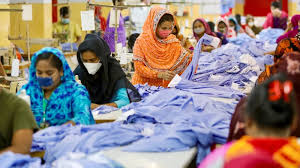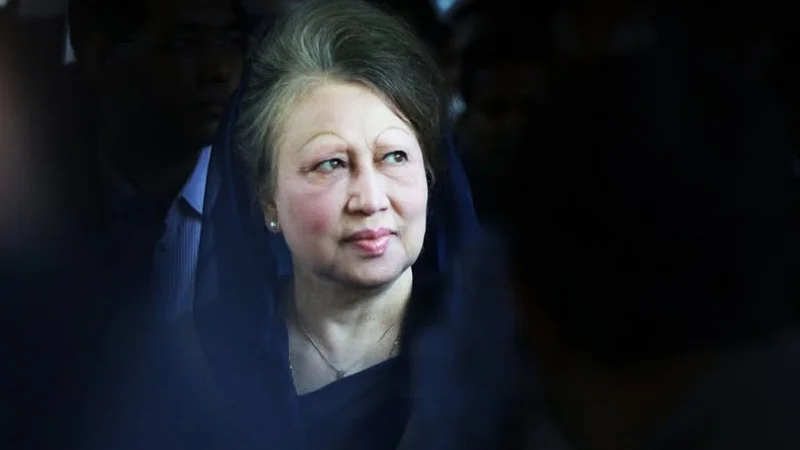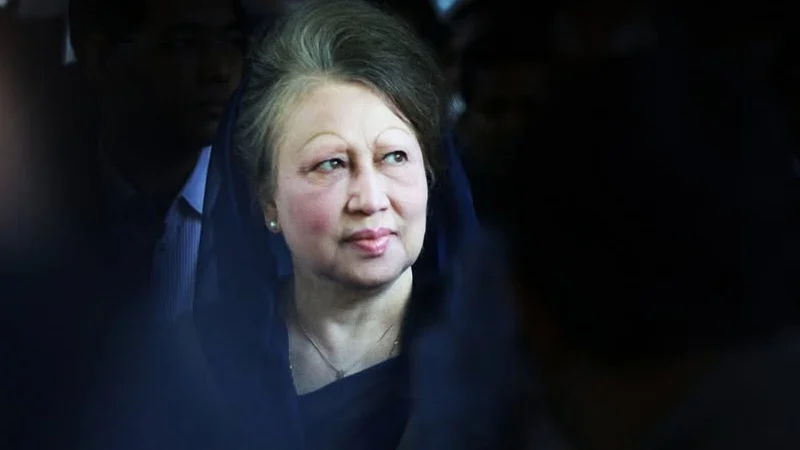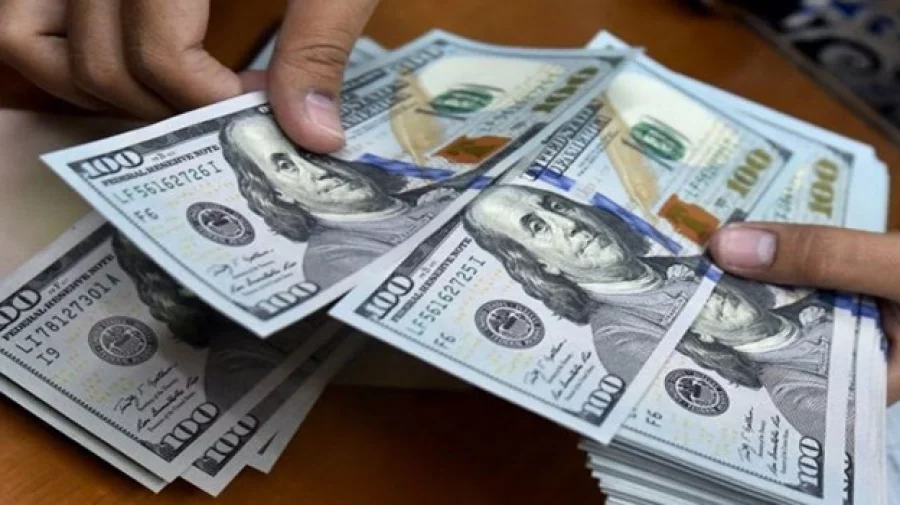
The country's export sector is relying on specific products and markets. It seems that this scourge is not going away with any medicine. Traditional market dependence is increasing day by day. At the end of the first quarter of the current fiscal year, dependence on specific markets has increased slightly. On the contrary, the share of new markets is decreasing.
According to data from the Export Promotion Bureau (EPB), in the first quarter of the current 2025-26 fiscal year, i.e. from July to September, exports of ready-made garments, the main export product, increased by 5 percent compared to the same quarter of the previous fiscal year. Of this, exports to non-traditional markets increased by less than 1 percent, only 0.77 percent. Exports to traditional markets increased four times more than those to non-traditional or new markets.
The government is providing cash assistance to 43 products and sectors to encourage the country's export trade. According to the provisions of the World Trade Organization (WTO), this is considered an export subsidy. No cash assistance can be provided if a least developed country transitions from LDC. Bangladesh will transition from the list of least developed countries in 2026. Due to this, the government has decided to gradually reduce the rate of cash assistance in various sectors. According to the new rate, the new market has been reduced from 4 percent to 3 percent. Special cash assistance in the ready-made garment sector has been reduced from 1 percent to 0.50 percent. Cash assistance has also been reduced in other sectors.
Bangladesh made its debut in garment exports in 1978 by exporting 10,000 pieces of shirts to France. Since then, the United States, Canada, the European Union, and the United Kingdom after Brexit have also been considered traditional markets for a long time. 83 to 84 percent of Bangladesh's total garment export earnings come from traditional markets.
The remaining countries are called non-traditional or new markets. The share of these markets is hovering between 16 and 17 percent. Export growth in these markets has been declining for the last two years. In the first quarter of the current fiscal year, garments worth $9.97 billion were exported. Of this, exports to non-traditional markets accounted for just under $1.66 billion. The remaining amount of exports came from traditional markets.
The United States is the largest market for ready-made garment exports as a single country. Despite the imposition of a total of 30 percent countervailing duties, including 10 percent in the first phase and 20 percent in the second phase, Bangladesh's exports to the United States increased by about 9 percent in the last quarter. The total export volume stood at $201.17 million, compared to $185.25 million in the same quarter of the previous fiscal year.
As a result of the increase in exports, the share of the United States in Bangladesh's garment imports has increased to 20.18 percent. In the same quarter of the last fiscal year, the rate was 19.47 percent. At one time, the country's exports of woven shirts and pants increased at a high rate. However, for the past several days, the export growth of knit or jersey-type garments has been higher. In the last quarter, knit exports increased by 15.43 percent. During this time, woven exports increased by 4.59 percent.
Among other traditional markets, exports to Canada increased by 14 percent, from $300 million to $340 million. Exports to the United Kingdom increased by 7 percent, from $1.14 billion to $1.22 billion.
Similar trends are seen in the major markets of the 27-nation European Union, which is a coalition of countries. Exports to the EU have increased by about 4 percent. Exports have increased from $4.75 billion to $4.78 billion.
In contrast to this trend in conventional markets, exports to countries known as new export markets for Bangladesh are gradually bottoming out. While the share of garment exports in conventional markets is increasing, the share of new markets is decreasing. In the last quarter, the share of these markets decreased to 16.61 percent, which was 17.27 percent in the same quarter of the previous fiscal year. The total export revenue stood at a little less than $1.66 billion, which was a little more than $1.64 billion in the previous same period.







































